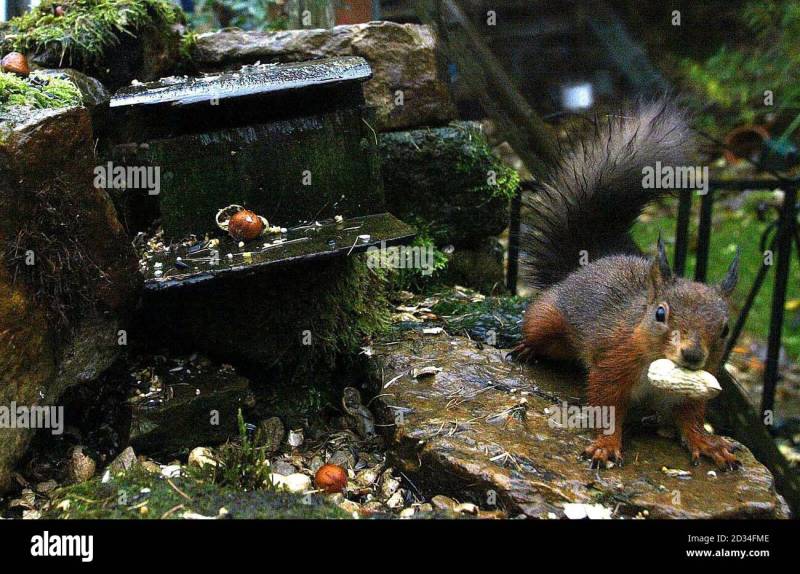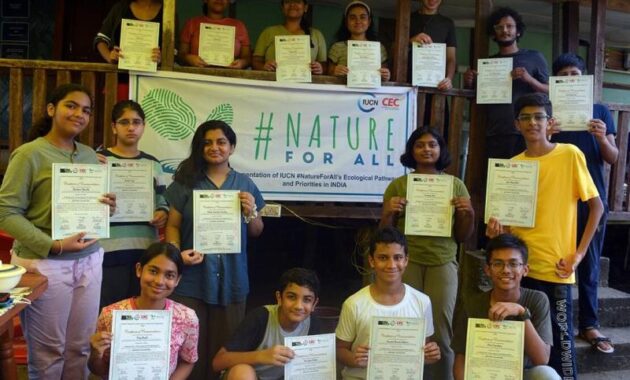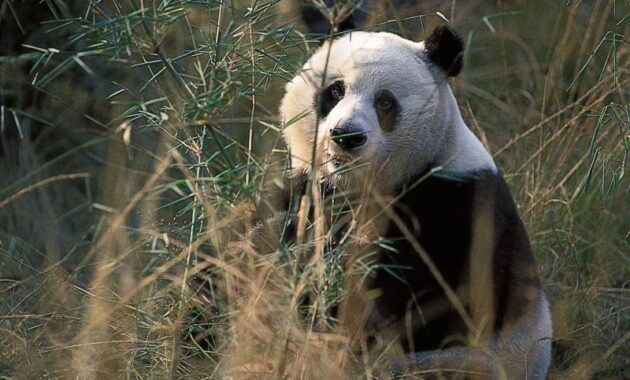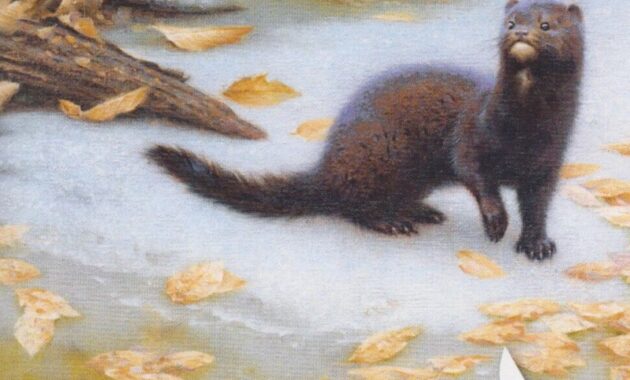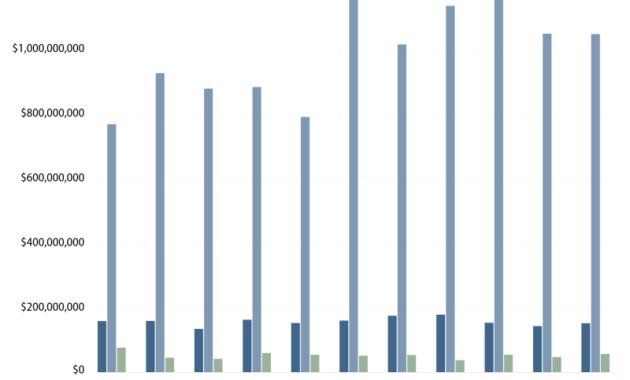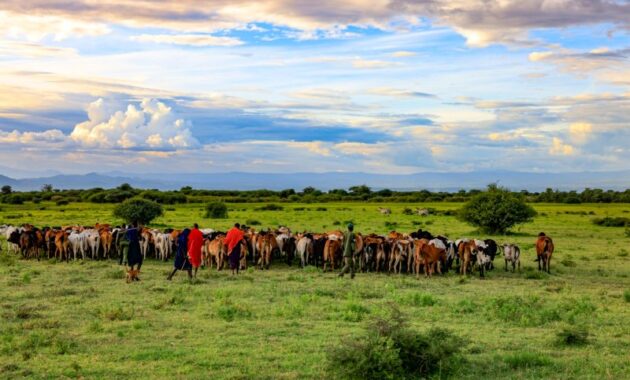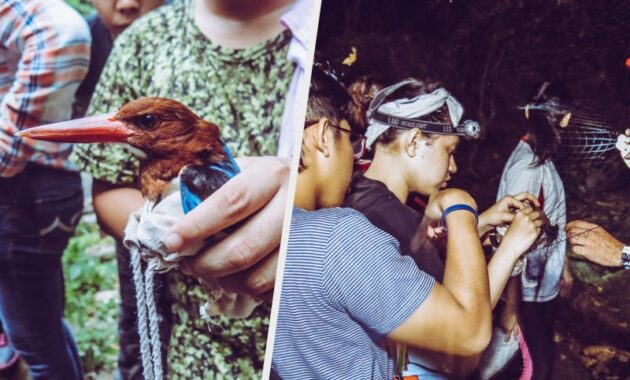Wildlife Conservation Strategies – Whether it’s saving species from extinction, creating a cooperative work on protected areas, or creating community solutions for the conservation of biocultural heritage, Clearly there needs to be a successful plan with buy-in from the team involved and supporting ideas to become reality.
Coaching is successful only by encouraging teams to develop and implement effective strategies in an open and collaborative environment. By combining a combination of skills, knowledge and planning techniques, conservation training can help your team to know exactly what is needed to create impact. long time.
Wildlife Conservation Strategies
Although no two conservation projects are the same, achieving effective change requires each team to have, (1) an understanding of the current reality, (2) a clear vision for the future, and (3) a roadmap for achieving the vision. . Through conservation training, GCS can help you turn these three points into a strategic plan, the results of which include:
Strategies For Fighting Corruption In Wildlife Conservation
While GCS uses many tools to support conservation planning, we specialize in the Conservation Standards (CS) application, an open source system for creating, implementing and monitoring conservation strategies. , so that the group can quickly work and avoid. what not.
Our conservation services help various stakeholders and policy holders work through the CS role to assess their current situation using the best data, communicate them the results needed to be clear and precise, monitor the progress of achieving the results and change ideas such as instructions. . study.
“Navigating complex conservation challenges with a team of individuals with diverse perspectives and experiences requires valuable tools and approaches. Josh’s experience and motivational support promoting a sense of unity through exchange, clear and natural. come to our team.”
To provide the best experience, we use technology such as cookies to store and/or access information. Implementation of these technologies will allow us to process information such as search behavior or unique identifiers on this site. Disagreeing or withdrawing permission may affect certain features and functionality.
Strategy Development For Wildlife Conservation
Storage or access is strictly necessary for the legitimate purpose of using the specific service requested by the customer or user, or for the purpose of connection language of electronic communication.
Storage or access is necessary for the legitimate purpose of storing preferences that are not requested by the customer or user.
Storage or access is used exclusively for statistical purposes. Storage or access is used exclusively for anonymous purposes. Without a call, voluntary compliance with your Internet service provider, or additional information from third parties, information stored or stored by you personally for the brand This plan generally cannot be used to identify you.

Storage or access should create user data transmission or track users on the website or across multiple websites for similar marketing purposes. With wildlife under constant siege, conservationists must adopt a multi-pronged approach to wildlife conservation. look at the different types of wildlife conservation used together to protect wildlife.
Wildlife Strike Risk Mitigation With Uncrewed Aircraft Systems: Strategies For Safe Skies And Wildlife Conservation
Logging and agriculture are prime examples of human activities that cause deforestation. This destruction of the area causes damage to the habitats of millions of plants and animals.
Preserving existing habitats requires protection from deforestation, pollution and climate change. This approach includes identifying high biodiversity habitats that are at risk and monitoring these areas with the support of communities, policy makers and governments.
It should also be remembered that there is no place in isolation. Therefore, stress in one habitat will inevitably affect other habitats directly.
Unlike the conservation of existing habitats, habitat restoration is aimed at restoring the ecosystem that has been disturbed. This method entails human intervention that makes the habitat less self-sufficient and more efficient.
These restoration efforts are based on scientific evidence and ecosystem data and must be monitored and monitored continuously because ecosystems are constantly evolving. However, this method can be time consuming and time consuming.
Saudi Arabia Celebrates Birth Of 4 Cheetah Cubs, Unveils Ambitious Conservation Strategy
Invasive species are defined as species that do not inhabit a particular habitat. These are often introduced as “mistakes” and are harmful to the species in the area. Invasive species often thrive in their habitat and eventually outcompete and outcompete native species, causing habitat loss and drastic changes in ecosystem dynamics. Sometimes invasive species are introduced intentionally as a form of pest control, but this method can easily get out of hand.
Eliminating pests is often an important part of landscaping efforts, but removing animals is often controversial.
About 99% of species threatened or endangered under the Endangered Species Act of 1973 have avoided extinction due to subsequent conservation efforts. Endangered species are species that are threatened with the disappearance of their entire habitat (where they were found during their lifetime) or most of it. Endangered species are those that will be labeled as “threatened” in the future.

The distribution and protection of endangered species has played an important role in wildlife conservation. When a species is listed as endangered or threatened, it receives federal protection from hunting, poaching or trapping, in addition to preserving its critical habitat.
Preserving Nature: Free Land Opportunities For Wildlife Conservation
Beyond US borders, the Convention on International Trade in Endangered Species (CITES) oversees the international wildlife trade to protect endangered species.
A keystone species is one where other species live in a permanent habitat, so if it is removed, the ecosystem will change dramatically. Keystone species conservation focuses on a species that allows economic growth rather than trying to accommodate all species in an ecosystem.
The disappearance of important species such as rhinoceros, elephants, cheetahs and pangolins can lead to a loss of biodiversity. For example, elephants play an important role in maintaining the ecosystems of the African savannah.
Keystone type is not necessarily destructive. Sometimes they can play an important role in maintaining the habitat of other species that may be threatened or endangered.
Wildlife Management In India: Rethinking Wildlife Capture And Rescue Strategies
Poaching and trophy hunting are other threats to wildlife, especially the rock species. These violations almost drove the black rhino to extinction before conservation began. Wild animals are hunted, killed or hanged for things like ivory or horns, as well as different animal trades.
Preventing hunting and trapping of wild animals is one of the most important conservation methods today. The economic problems of the local communities make them engage in activities such as hunting. Conservationists therefore aim to establish a sustainable and legal way of life for the community. However, poaching laws vary from country to country making certain types of illegal trade difficult to tackle.
All of the types of wildlife conservation mentioned above are called “in-situ” conservation, meaning that ecosystem conservation takes place in living areas. Ex-situ conservation, on the other hand, refers to conservation that exists outside of the habitat, such as botanical gardens, zoos, safaris, or wildlife sanctuaries.

Ex-situ conservation is effective in preserving wildlife and preventing total extinction, but due to the impact of humans, species and ecosystems cannot be self-sufficient. In addition, this method can be very expensive, requiring the necessary equipment to collect or care for plants and animals.
Wildlife Conservation: Preserving Habitat And Biodiversity Around The Globe
Founded in 2013, it is a non-profit organization and community of American military veterans dedicated to the protection of African wildlife and the training of local African authorities in action the war against terrorism.
Visit the website or call (929) 269-5329 to find out if it’s legal to help or volunteer for wildlife sustainability and conservation.
Work tirelessly to create sustainable income for local communities, train local officials, promote relationships between Americans and Africans, and save wildlife. Past to Present: Picture of Animal Conservation and Its Importance 1. Importance of Animal Conservation
As humans, we share this world with many living things, each with its own unique characteristics, ecological role and importance. However, the rapid pace of human development, industrialization and resource exploitation has led to a global decline in biodiversity, with many species facing extinction.
The loss of any species can have ecological and economic consequences, affecting everything from food webs to climate control. The conservation of species is important not only for their own good, but also for the health and well-being of the world as a whole.
Sagebrush Conservation Strategy—challenges To Sagebrush Conservation
1. Conservation of biodiversity: Biodiversity is the basis of a healthy ecosystem. All species play a role in maintaining ecosystem balance, from managing the population of other species to food and water travel. The loss of one species can have an impact on the entire ecosystem, leading to further declines in biodiversity and ecological stability.
2. Financial benefits: Many species provide benefits and services to humans, such as food, medicine, and recreation. The loss of these species can have a significant economic impact, affecting the economy
Wildlife conservation masters, importance of wildlife conservation, wildlife conservation, marine wildlife conservation, us wildlife conservation, wildlife conservation online degree, global wildlife conservation, conservation strategies, world conservation strategies of wildlife, grants for wildlife conservation, wildlife conservation news, wildlife conservation masters programs
- Conservation Education Programs 2023 - August 19, 2024
- Endangered Species Protection - August 16, 2024
- Wildlife Habitat Preservation 2024 - August 15, 2024

